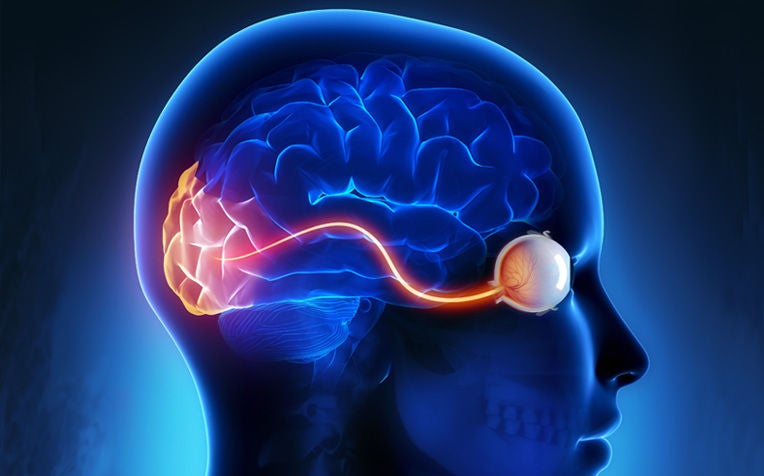
Optic nerves connect the eye directly to the brain.
Neuro-ophthalmology is a subspecialty that is concerned with visual problems caused by conditions of the brain and nervous system. The Neuro-ophthalmology Department from Singapore National Eye Centre (SNEC), a member of the SingHealth group, explains.
Symptoms of neuro-ophthalmological conditions
Symptoms of neuro-ophthalmological conditions may include:
- Visual loss, which may be acute or chronic
- Double vision (diplopia)
- Droopy eyelid (ptosis)
- Unequal pupils
- Eyelid or facial twitching / spasm
Neuro-ophthalmological symptoms may sometimes be the first sign of a more serious underlying neurological condition.
Common neuro-ophthalmological disorders
Some of the common conditions for which SNEC typically provides consult include:
1. Optic Neuritis
Optic neuritis is a potentially blinding inflammatory condition of the optic nerve. It causes sudden visual loss, which can range from total blindness to partial visual field defects. The underlying causes may be related to neuro-myelitis optica, multiple sclerosis etc.
2. Ischaemic Optic Neuropathy
Ischaemic optic neuropathy is an acute condition where the optic nerve is damaged due to insufficient blood supply and is also known as ‘stroke’ of the optic nerve. It causes sudden, painless visual loss.
To learn more about ischaemic optic neuropathy, click here.
3. Ocular Myasthenia Gravis
Myasthenia gravis is occurs when nerve impulses from the nerve to the muscles are blocked, leading to muscle weakness. This condition can affect the eyelids and the muscles that control the eye movement, causing droopy eyelids and double vision.
To learn more about ocular myasthenia gravis, click here.
4. Eyelid Myokymia, Hemifacial Spasm, Benign Essential Blepharospasm
These conditions causing involuntary eyelid and / or facial twitching or spasm may be differentiated by a detailed neuro-ophthalmological examination. Botulinum toxin injection (Botox) may be used to treat some of these conditions.
To learn more about eyelid and facial twitching, click here.
5. Conditions causing binocular double vision (diplopia)
Diplopia is a symptom whereby a patient sees two images of one object. If it occurs only when both eyes are open and disappears when either eye is occluded, it is known as binocular diplopia. The latter may be due to cranial nerve palsies, myasthenia gravis etc.
6. Conditions causing acute or chronic visual loss
These conditions may include but are not limited to brain tumours, stroke, raised intracranial pressure causing papilloedema, genetic optic neuropathies etc.
Treatments available
Click on the links below to learn more about the different types of neurological disorders and what are the treatment options available.
Optic Neuritis: Causes, Symptoms and Treatment
Eyelid Twitching: Causes and When to See a Doctor
Click the link to return to the eye care home page.
Ref: L20
Related Articles
Public Events
Get the Health Buddy App
© 2025 SingHealth Group. All Rights Reserved.

















 Get it on Google Play
Get it on Google Play